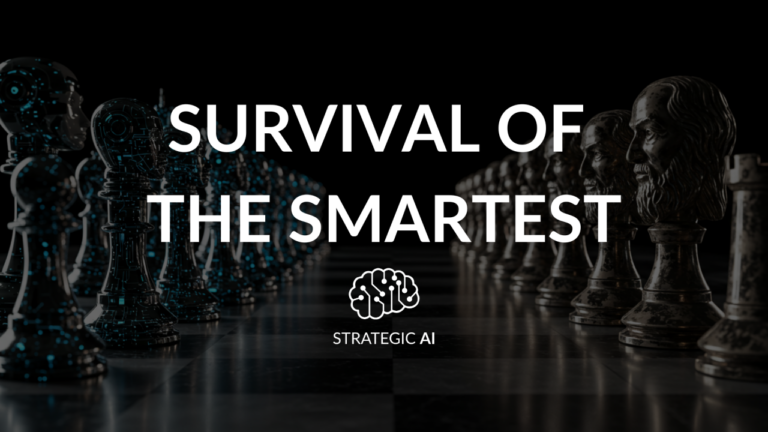
Written by Fola Yahaya
My 15-year-old son is a nationally competitive squash player and obsessed with evidence-based sports improvement. He recently signed up for a WHOOP watch, a screenless wearable that tracks myriad health KPIs, and that counts the likes of heavyweight boxer Alexander Usyk, footballer Cristiano Ronaldo and basketball giant LeBron James among its fans. For a $20/month subscription, he gets access to a wealth of data on how he’s performing and, critically, when he should rest. Though I was sceptical at first, the silent drill sergeant on his wrist has increased his gym-going, hydration and sleep time. More importantly, it’s encouraged him to do more research on how to stay fit and healthy.
So while trawling the web for AI content, I got clickbaited into reading a Wall Street Journal article about how an obscure US basketball player has managed to use AI and science to achieve outsized performance gains.
I don’t subscribe to the Wall Street Journal – it’s a little too US-centric for my liking – so I tested a theory that I’ve had for some time about large language models (LLMs) being really good at peeking behind the paywall to ‘recreate’ the essence of a news article at essentially zero cost.
For this experiment, I used perplexity.ai, an old favourite that recently got into trouble for doing exactly this: scraping data from paywalled websites and, to add insult to injury, presenting users with a summary of the article that ranks higher on Google than the original article. So not only can AI steal media companies’ data, but it will also reduce their ad revenue! Anyway, onward with the experiment.
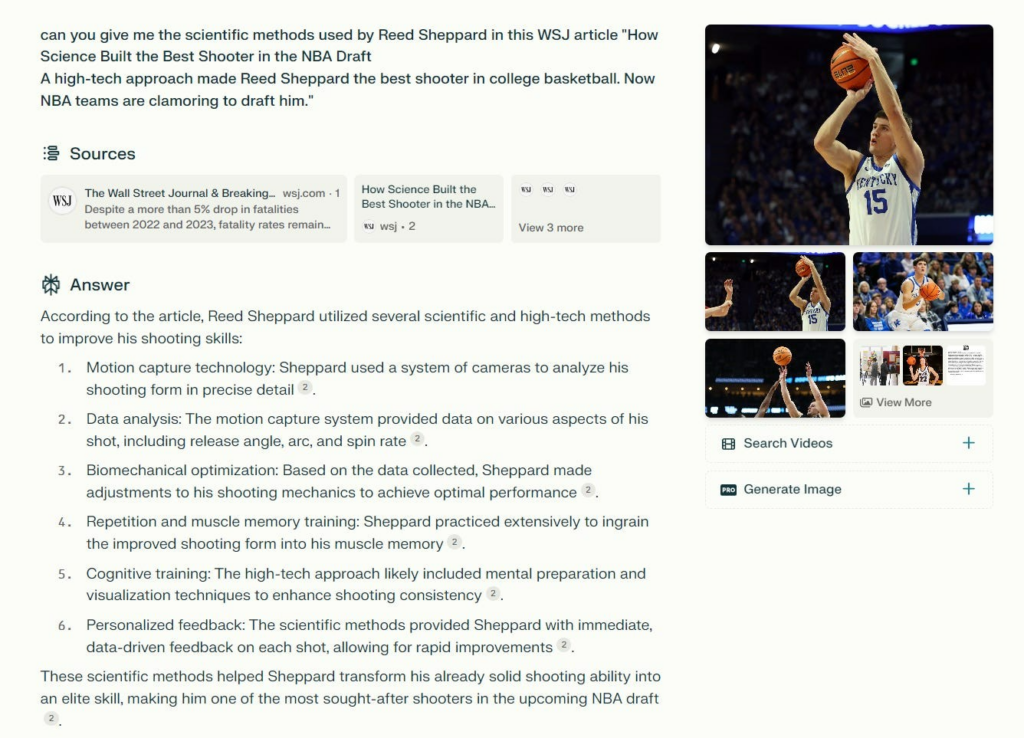
The implications for publishers are clear. AI developers can’t be trusted to respect ‘no crawl’ requests and as soon as content is out in the wild, it’s pretty much game over. The only way to survive seems to be to license content and become a content streamer, in a similar vein to how Spotify has upended the music industry.
Toys”R”Us uses Sora to create product launch video at Cannes
The video, made with Sora by ad agency Native Foreign, gives a quick summary of the origin story of Toys”R”Us by its real-life founder, Charles Lazarus. In a press release, Toys”R”Us said the one-minute video was produced by Toys”R”Us Studios president Kim Miller Olko and directed by Native Foreign co-founder and creative director Nik Kleverov.
Apparently the video came together, from conception to final product, in just a few weeks! The great acceleration continues.
Biotech start-up EvolutionaryScale has just released ESM3, a groundbreaking AI model capable of simultaneously analysing protein sequences, structures and functions.
In trials, ESM3 managed to ‘create’ a fluorescent protein 58% different from any known structure – an achievement that would typically require 500 million years of natural evolution. Applying the technology behind ChatGPT to biology is paving the way for a future where we can ‘program’ human biology as easily as we write computer code.
This innovative approach will soon (3-5 years) transform fields such as healthcare and environmental science and unlock entirely new areas of scientific knowledge and possibilities.
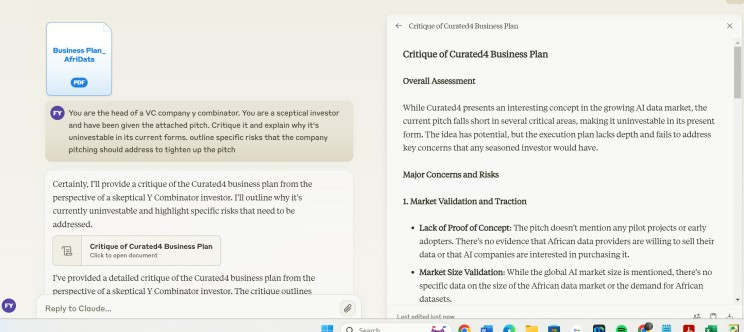
Anthropic quietly dropped a new version of their ChatGPT challenger this week. Its latest iteration is generally better at writing ‘natural-sounding’ content. It also includes the option to cluster your searches and responses as ‘projects’.
‘Projects’, available to Claude Pro and Claude Team users, allows teams to curate relevant documents, code and insights in a single location. Critically, they can contain as many words as a 500-page book, which enables the bot to be fine-tuned to the parameters set within the project, significantly enhancing its ability to provide tailored assistance.
Each project can also be shared using a new activity feed that enables teammates to collaborate across conversation snapshots. Anthropic have also added their own version of custom instructions (similar to ChatGPT), which means you can quickly tailor the AI’s responses.
I’m currently batting around an idea for a data curation start-up, so I used Claude to ‘kick the tyres’ of my ChatGPT’ed business plan to see if it had legs.
To do this I:
The response was pleasantly brutal (while the idea is great, the ChatGPT business plan is pants), but what was cool was that Claude gave me the answer both in the browser but also as a document to download. A useful feature if you need to do and share more in-depth research.
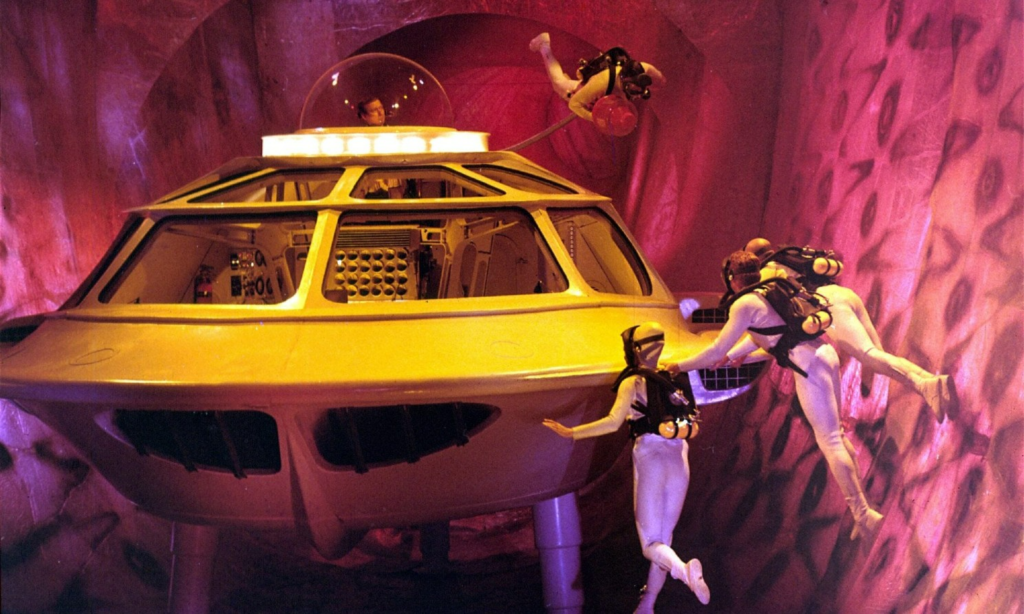
I spent most of my Nigerian childhood summers holed up in my father’s TV room, devouring his collection of 1960s and 1970s films. From Walter Matthau- and Jack Lemmon-led classics such as Plaza Suite to the thrillingly sparse spaghetti westerns of Clint Eastwood, months of dedicated viewing gave me an encyclopaedic cinematic knowledge of this era.
A quirky film from that period was Fantastic Voyage, a silly little film about a submarine crew that is shrunk to microscopic size and ventures into the body of an injured scientist to repair his damaged brain. They only have 60 minutes before the miniaturisation process wears off, having to navigate through the key organs without causing any damage while a double agent within their midst tries to sabotage the mission and kill the scientist from within.
Made in 1966, Fantastic Voyage is one of hundreds of films that have foolishly predicted how advanced human tech will be by X date. From Blade Runner (filmed in 1982 and set in a dystopian Los Angeles of 2019 in which synthetic humans known as ‘replicants’ rule the roost) to Back to the Future’s hoverboard and flying cars, cinema is littered with over-promised and under-delivered sci-fi tech.
So it was with great excitement that I read of a tiny, swallowable robot called PillBot that has entered clinical trials and is preparing for FDA review and commercial launch.
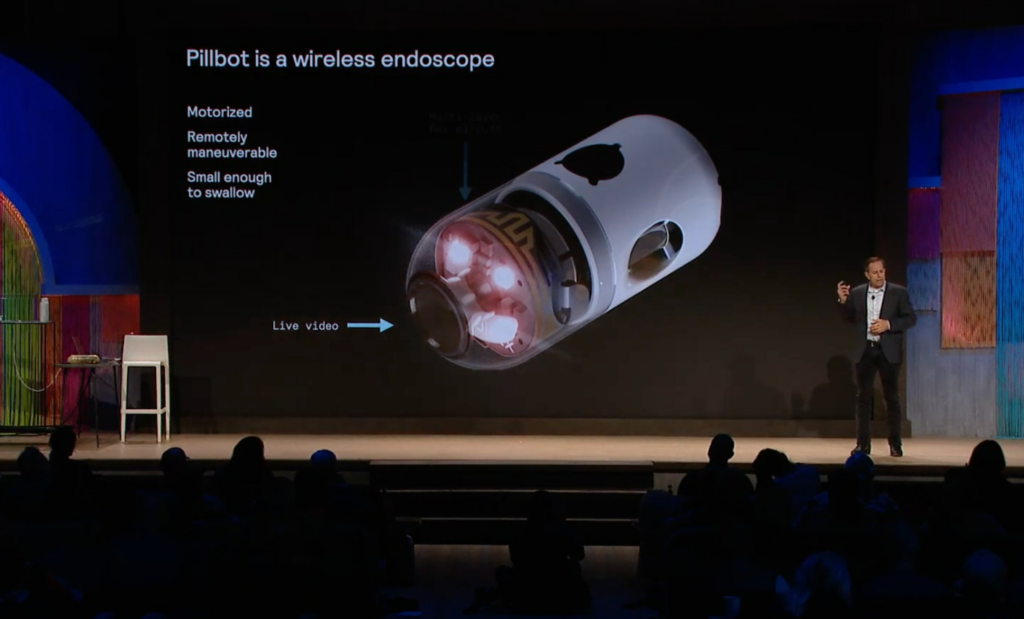
Endiatx’s PillBot is about the size of a (very) large vitamin pill, embedded with small cameras, sensors, and wireless communication features. The device can transmit high-res video to doctors’ devices in real time, providing a less-invasive endoscopy option over-the-counter and in a patient’s home. To prove that it’s safe, the company’s CEO has swallowed 43 PillBots to date, including on stagein front of a live audience.
The current iteration requires a doctor to control the pill’s movement, but the company envisions AI-guided autonomous capabilities in the future.
With a target release date of 2026, it’s hopefully a sign of things to come, when the combination of cutting-edge robotics and AI will completely transform the healthcare space.
That’s all for this week. Subscribe for the latest innovations and developments with AI.
So you don’t miss a thing, follow our Instagram and X pages for more creative content and insights into our work and what we do.

Network Hub, 300 Kensal Road, London, W10 5BE, UK
We deliver comprehensive communications strategies that deliver on your organisation’s objectives. Sign up to our newsletter to see the highlights once a quarter.